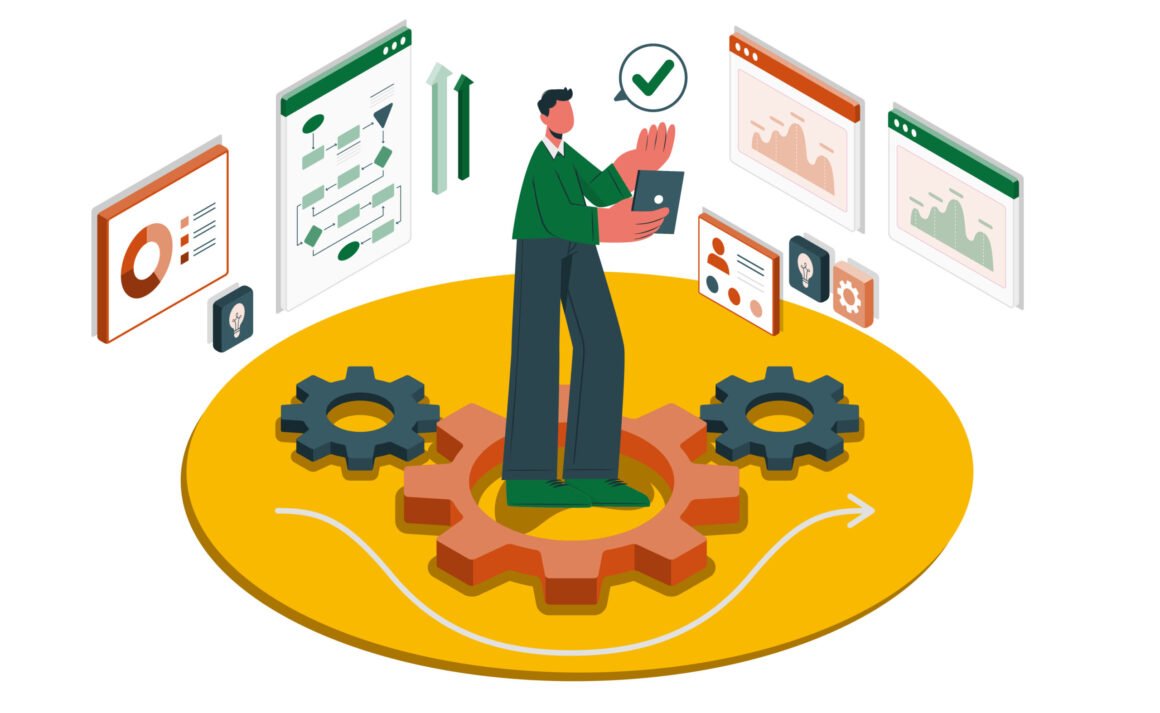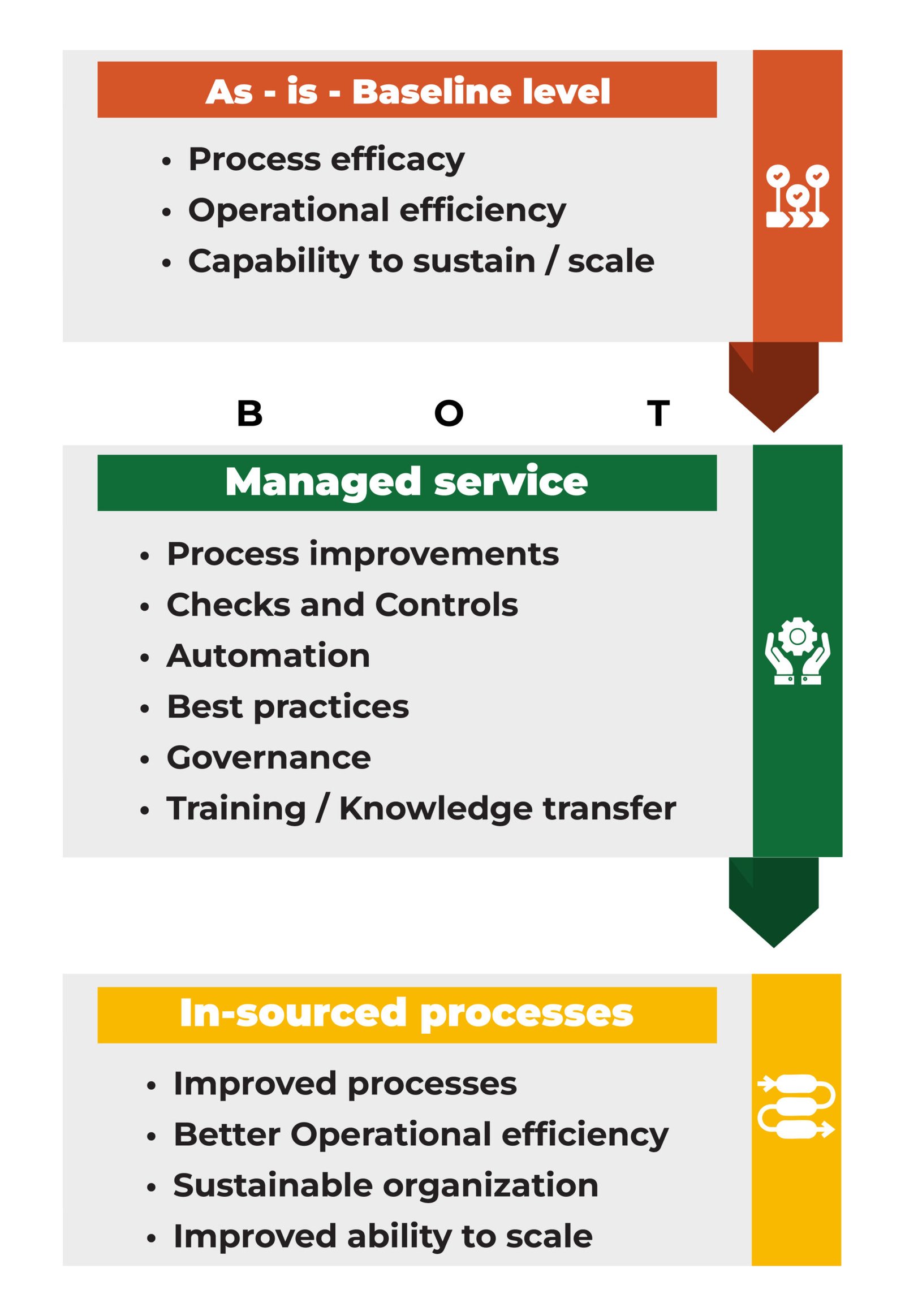The Global Shift in Philanthropy Toward Systemic Impact

Over the past decade, the philanthropic world has been quietly undergoing a profound shift—from reactive charity to proactive, long-term change. Traditional models of giving, which often revolved around relief and support, are being replaced by a deeper engagement focused on systems transformation and Sustainable Development Goals (SDGs). Today’s philanthropists are increasingly asking: Are we addressing root causes? Are we building resilient systems?
Across continents, leading philanthropists are reshaping how capital is deployed—not just as aid, but as an enabler of systemic progress. Here are five defining shifts, observed in the last 5 years.
- From Output Funding to Outcome & Systemic Change
Darren Walker, President Ford Foundation underscores a global trend where donors are no longer satisfied funding activities; they want to fund impact. This translates into a shift toward flexible, long-term funding that supports policy change, grassroots movements, and systemic resilience—whether in racial justice, education reform, or labour rights. The leaders are now becoming avid advocates of causes close to their hearts and are moving from outcome to Impact. They are taking the front seat to align the necessary resources to drive systemic change.
- From Philanthropy as Transaction to Philanthropy as Partnership
In Europe, leaders like Françoise Girard, Global Advisor, Gender Equality & Health, are reimagining donor-grantee relationships. The shift is toward co-creation, capacity-building, and mutual accountability. Philanthropy is no longer a top-down act, but a strategic partnership—one that values lived experience and community knowledge as central to social change. This is a huge mindset shift that is striking in the last decade or so where the ‘Giver – Receiver’ concept is fading away to give shape to a ‘Shake-Hand’ supportive approach. Family offices and foundations are taking keen interest, especially the current generation are more tuned in with what’s happening in the social space and are more vocal about it than ever before.
- From Singular Issues to Cross-Sectoral SDG Thinking
In Asia, leaders like Naina Subberwal Batra CEO, AVPN (Singapore) are driving capital toward integrated social investments. Asian donors are increasingly using SDGs as a north star—not just for thematic alignment, but for ecosystemic impact. A foundation funding education may now support climate resilience or women’s entrepreneurship in tandem, recognizing the complex interplay between social issues. Social investing is the new kid on the block in India and various finance options using the Blended finance models are being explored across various sectors.
- From Funding Activities to Building Institutions and Movements
Strive Masiyiwa, a major philanthropic voice from Africa, emphasizes a trend gaining momentum across emerging markets: investing in institutional strength and civic infrastructure. Philanthropists are looking beyond projects and into leadership pipelines, think tanks, data systems, and movement-building efforts that can influence public systems over decades. We are clearly seeing a move to a more holistic funding approach which stems from deep rooted trust in the need for the long term social change and areas of personal intersecting with national interests.
- From Hidden Giving to Strategic Visibility and Accountability
In Latin America and beyond, Ana Toni, Executive Director, Instituto Clima e Sociedade (Brazil) reflects a growing demand for accountable giving. Philanthropic capital is increasingly being mapped, tracked, and evaluated. Foundations now issue impact reports aligned with SDG targets, integrate with government dashboards, and welcome third-party evaluations. This has not only enhanced credibility but also enabled scaling through policy and public-private synergy. India’s social stock exchange is a great opportunity for NPOs to be transparent and Impact oriented. Most NPOs have the mistaken notion of pressure of data and transparency, However the long-term benefits far outweigh the current re-alignment that is necessary to work in that direction.
The Road Ahead: Shifting Roles, Shared Purpose
This global shift in philanthropy is not merely about how money is spent—but about how social change is imagined. Donors are moving from benevolence to strategy, from control to co-creation, and from short-term relief to long-term systems change. It’s a redefinition of philanthropic identity—from giver to catalyst.
As the SDG deadline of 2030 looms, the role of philanthropy has never been more vital—or more challenged. But in its evolution lies its power: to not just fund the change, but to become the change.
Organizational capacity can be built by:
-
- implementing processes that are not person driven but system driven. This ensures that process knowledge remains in the organization even if people move on
- laying down processes, checks and controls which are consistent and not at the whims of an individual. This equips the organization to cope up as they scale.
- giving access to the organizations to expert resources (at fractional cost) to make them sustainable, credible and scale-ready.
- streamlining and implementing HR processes that will help retention and attraction of resources apart from making them compliant.
- design and implement strategies which make organizations financially stronger- through diversified funding mix, wider donor base.
Noticeable difference in popular approach and organizational capacity building is that, in later the focus is on IMPLEMENTING and not just training or creating awareness. The impact of capacity development will be seen only when the ideas or best practices on which individuals are trained get actually implemented and there is someone to handhold, navigate and own up during the implementation phase. Just by training, workshops or hands-off engagement the outcome is bound to be ineffective and short term.
The moot question is how do organizations get the “Implementation” capability. How do they get access to expert resources, who lays down processes and implement best practices for them, who decides what to automate and how? This is where the role of a “MANAGED SERVICE” provider comes in.
Managed service is one where the service provider takes all responsibility for the what and how of Processes. The user is only responsible for providing inputs and crucial decisions.
A Managed service provider is an external agency who specializes in creating Organizational capacity by implementing process changes, technology solutions, process controls. All of this is provided as a bundled service through Build – Operate – Transfer (BOT) model.
In the Build phase, actions such as Process review, modifications, process documentation, putting in controls, authority structure, evaluating automation possibilities, evaluation of software platforms are taken. In this phase the existing processes are also taken over by the Service provider on As-is basis. This phase could last between 4 to 8 weeks.
In the Operate phase, activities undertaken are selection of the automation platform, migration of data onto the system, running processes in parallel, modifying process flows as needed, handle teething issues, make customizations / changes as needed, stabilize the tech and process, demonstrate results through better execution, improved reporting and efficient functional. The duration of the Operate phase would depend on the maturity and inherent strength of every organization. For some it could be 12, 24 or 36 months. Some may want to extend it longer.

In the Transfer phase the processes are to be in-sourced back into the organization. The Technology solution (platform) continues to be same. Mostly these would cloud platforms and access rights can be transferred to the Organization. It’s only the people who are executing the work change. This ensures that there is minimal risk while transitioning work. This risk can also be mitigated by training the staff during the last few weeks of the Operate phase. Usually, the duration of this phase 3 to 4 weeks.
The Managed service model ensures that the turbulence while implementing change is managed by an expert agency and the organization gets back a stable efficient process with optimum automation. This model ensures a long-term and sustainable solution for building the capacity of any organization.
Another concern the organizations may have is, in this model the internal staff is not getting trained or upgraded and the capacity is created outside and not inside the organization. This is true but only partially. The key is implementing changed processes, best practices, automating processes, evaluation and course correction. All these skills are not available with the internal resources handling the functions. The ability to upgrade or upskill to such an extent is not possible for the internal staff. That’s where the organization needs someone to pitch in in the interim and provide that skill set. Internal staff does get trained in the Operate and Transfer phase.
Cost of Managed service needs to be factored in as Capacity development and budgeted for at least 3 years. This could either be a part of Project cost or a separate Project for Capacity development could be designed in consultation with the Donor and Service provider. Usually, Managed services are charged monthly. There is no upfront investment. Such a Project could have targeted deliverables for defined milestones. The Donor can review the Project jointly with the Organization and Service provider.
Managed Services and BOT models have not been encouraged, supported and funded by Donors. Any stakeholder, be it the Donor or even the Regulator, who is interested in ensuring sustainable and strong social organizations, should push the organizations to go this path. Regulations need to explicitly recognize such Projects as CSR eligible.
Seva Tarang Foundation focusses on implementing Managed service model for social sector organizations
Recent Blogs



